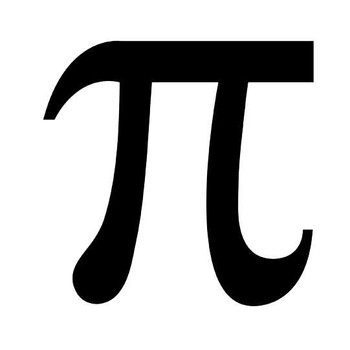How to find the area of the loop of the curve #x(x^2+y^2)=a(x^2-y^2)#?
1 Answer
Explanation:
Converting to polar using
#rcostheta(r^2cos^2theta+r^2sin^2theta)=a(r^2cos^2theta-r^2sin^2theta)#
#r^3costheta(cos^2theta+sin^2theta)=ar^2(cos^2theta-sin^2theta)#
Using
#r^3costheta=ar^2(cos^2theta-(1-cos^2theta))#
#r^3costheta-ar^2(2cos^2theta-1)=0#
#r^2(rcostheta-a(2cos^2theta-1))=0#
Note that
#rcostheta=a(2cos^2theta-1)#
#r=a(2costheta-sectheta)#
The loop will begin and end when
#2costheta=sectheta#
#2cos^2theta=1#
#costheta=pm1/sqrt2#
#theta=pmpi/4#
The area of a polar curve
#1/2int_(-pi/4)^(pi/4)[a(2costheta-sectheta)]^2d theta#
Since the loop is symmetric across the
#=int_0^(pi/4)a^2(2costheta-sectheta)^2d theta#
#=a^2int_0^(pi/4)(4cos^2theta-4costhetasectheta+sec^2theta)d theta#
Using
#=a^2int_0^(pi/4)(2(1+cos2theta)-4+sec^2theta)d theta#
#=a^2int_0^(pi/4)(2cos2theta+sec^2theta-2)d theta#
Integrating term by term:
#=a^2(sin2theta+tantheta-2theta)|_0^(pi/4)#
#=a^2(sin(pi/2)+tan(pi/4)-pi/2)-a^2(sin0+tan0-0)#
#=a^2(1+1-pi/2)#
#=(a^2(4-pi))/2#


